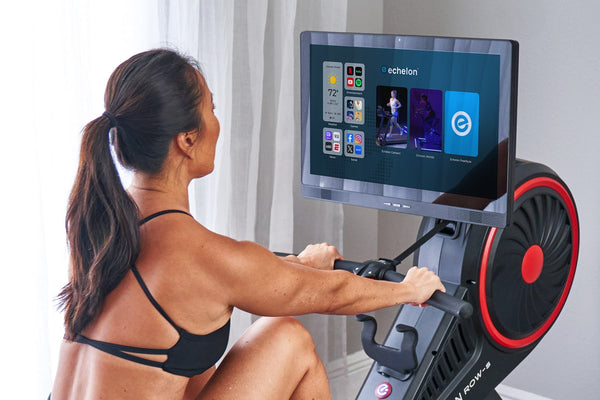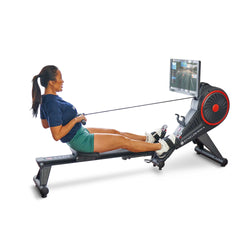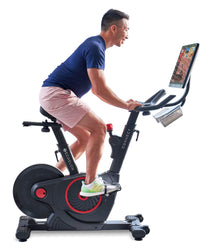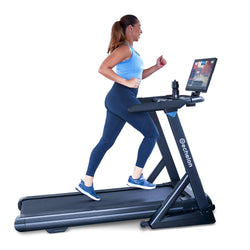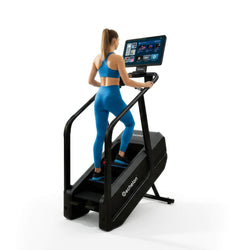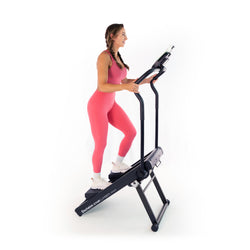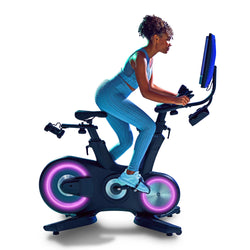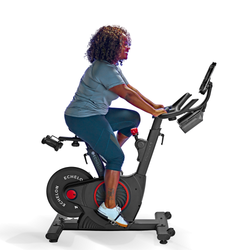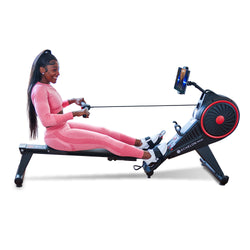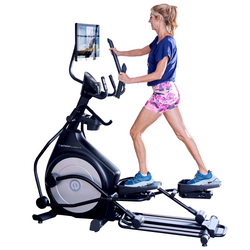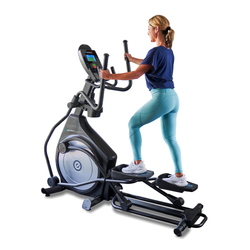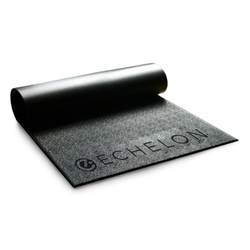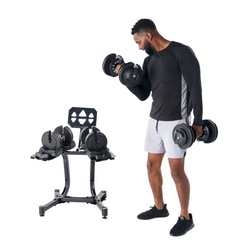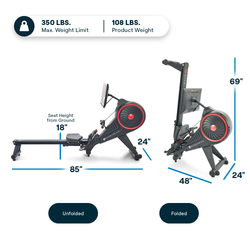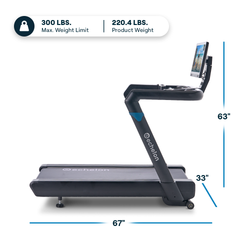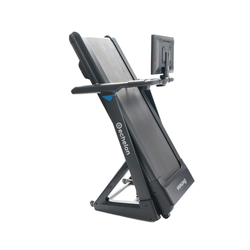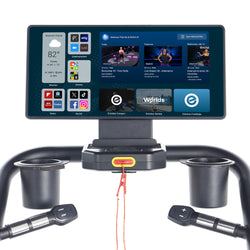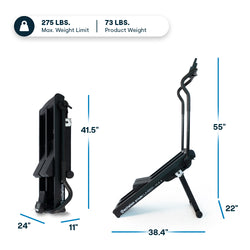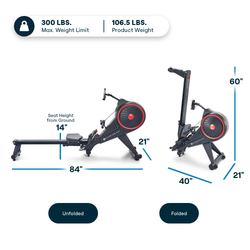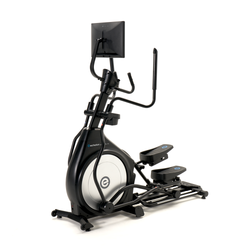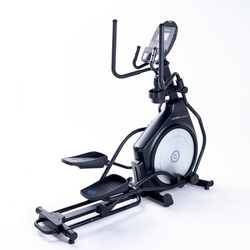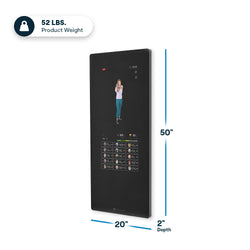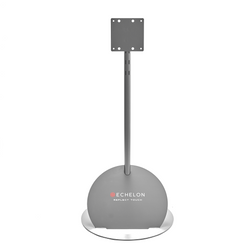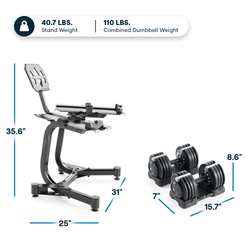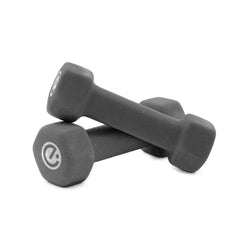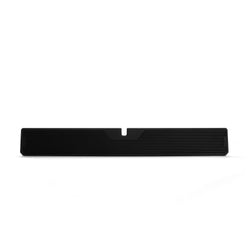How to Get Marathon Ready Using a Smart Treadmill

With the marathon season approaching, we are sharing our top tips to ensure you are making the most out of your treadmill training sessions. Whether you are training for a marathon, half marathon, or even an ultra-marathon, incorporating a treadmill into your training regime can be highly beneficial and help you prepare for race day.
Why Choose a Treadmill for Your Marathon Training?
Although outdoor running is a preferred training option for some marathon runners, this is not always a practical option, especially if you are training during winter months. UK weather conditions and dark winter nights can make outdoor training challenging and sometimes too dangerous. Likewise, if you are more injury prone, then treadmill training can be a safer training method, as it provides an impact-absorbing running surface, which reduces joint pain and stress injuries.
Five Treadmill Training Tips To Help You Prepare For a Marathon
Use an Incline
As you experience drag and wind resistance when running outside, it is important that you take this into account when training on a treadmill. This can be achieved by using a 1% to 3% incline for your flat runs. As well as using the incline on your smart treadmill for flat runs, the incline can be used for hill training. It is inevitable that you will encounter hills during your marathon and failing to include hill training in your marathon preparation can significantly impact your performance on race day. Not only does hill training help to increase both strength and speed, but it also allows you to maintain your cadence when facing hills during your marathon.
Speed Workouts
It is easy to only focus on long runs when training for a marathon, and whilst these are an important aspect of marathon training, it is just as important to incorporate speed work into your training routine. Working on improving your 5k and 10k pace is a great way to enhance your endurance and fitness levels for your marathon.
Pace Practices
The good thing about running on a treadmill is that you can set the speed of the treadmill to hit the desired training pace. Whilst it advised that the majority of your long runs should be slower than your target marathon pace, as you get closer to race day you will need to start incorporating runs into your training at your marathon pace. This allows you to perfect your strides and breathing techniques ready for race day.
Stay Entertained
If you are doing a long training run on the treadmill without an instructor to keep you motivated, it can become tedious. As a result, we would recommend putting on your favorite programe, podcast, audiobook or running playlist to pass the time. When it comes to keeping your mind occupied during long runs, what works for one person will not necessarily work for all.
Follow a Training Plan
When you are training for a marathon, it is important that you follow a training plan, and this is still the case if you opt to train for your marathon using a treadmill. Although long runs are beneficial to increase your mileage capabilities, it is also important to include a mix of other training styles (including interval, speed, and hill sessions) to build strength and stamina. Following a training plan provides a structure to your training, helping you work towards achieving your marathon goals.
Marathon Training with Echelon
We have a range of Echelon Stride classes available as part of the Echelon Premier Membership, which have been designed to help you build stamina and strength, perfect for your at home marathon training. Interested in finding out more running tips? See our Top Training Tips for Runners article here, where Echelon UK instructor, Rowan Foggitt, shares his top tips for running.
